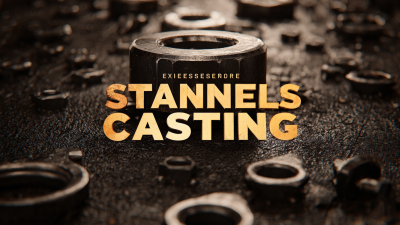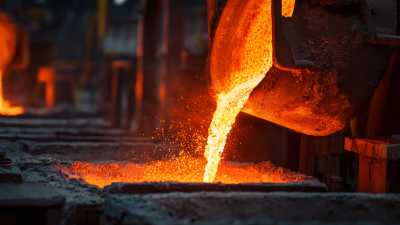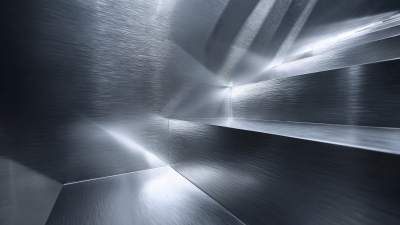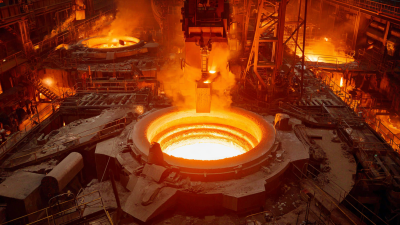Choosing the right stainless foundry for your project needs is a critical step that can significantly impact the quality and durability of the final product. According to industry reports, the global stainless steel market is expected to reach approximately $150 billion by 2026, highlighting the increasing demand for high-quality stainless steel components across various sectors such as automotive, aerospace, and construction.
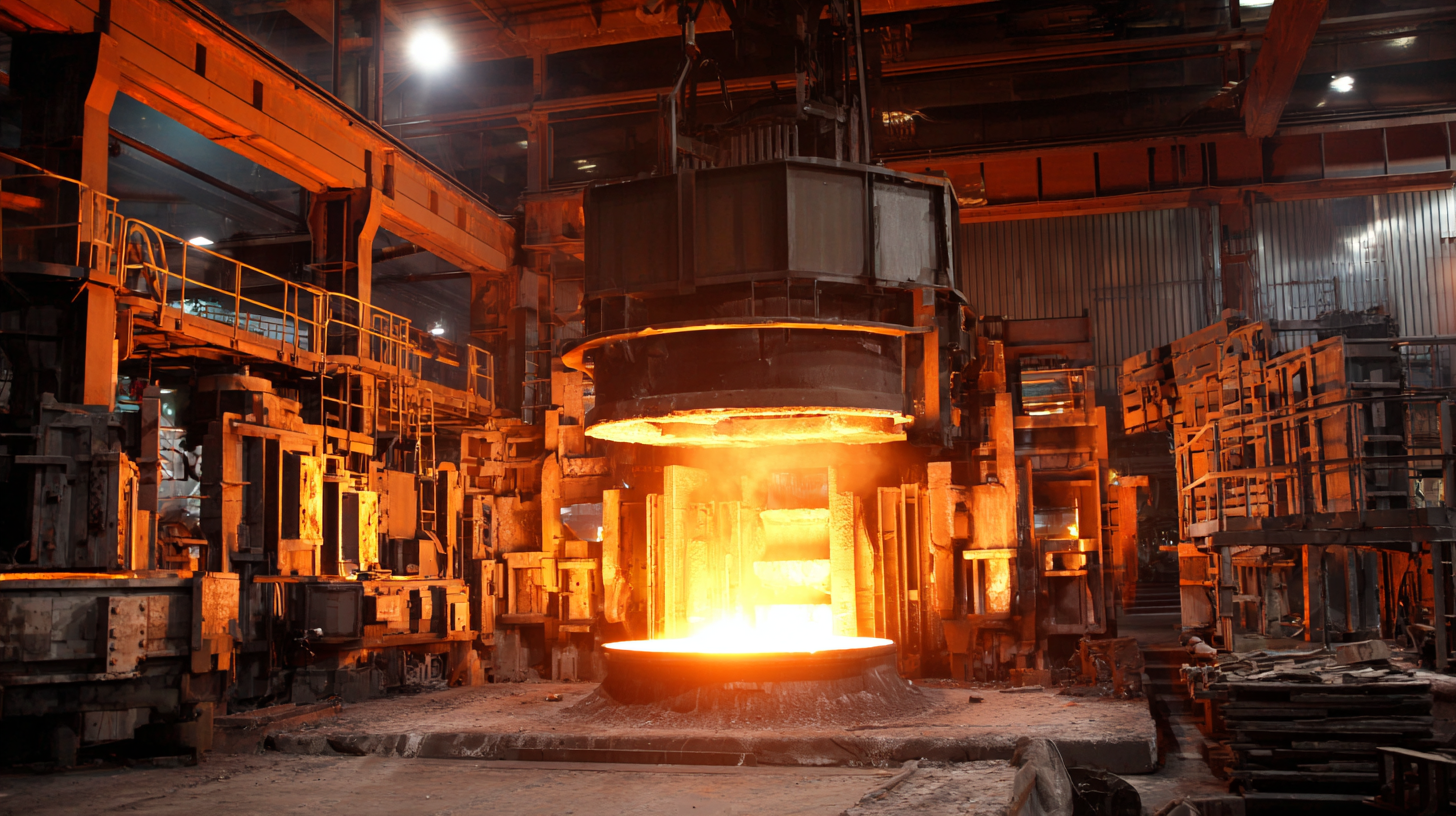
This surge in demand underscores the importance of selecting a stainless foundry that not only meets the stringent material specifications but also possesses the technical expertise and innovative capabilities to deliver tailored solutions. In this context, understanding the key factors that influence the choice of a stainless foundry is essential for project managers and engineers striving to ensure the success and longevity of their projects.
When selecting a stainless foundry for your project, it's crucial to identify your specific project requirements upfront. Different applications, such as automotive, aerospace, or marine, can demand varied standards of durability, corrosion resistance, and manufacturing precision. According to a report by the Steel Founders' Society of America, the growth of stainless steel usage in the automotive sector is projected to rise by 4% annually, underscoring the need for foundries capable of meeting stringent specifications for components.
One important aspect to consider is the foundry's capability in producing the specific stainless steel alloy your project requires. For instance, the use of 316L stainless steel, favored for its enhanced corrosion resistance, has been increasing in sectors exposed to harsh environments. The Global Stainless Steel Market report notes that 316 and 304 stainless steels account for over 75% of the total demand. Therefore, ensuring that your chosen foundry has experience and certifications in handling such alloys is essential to fulfill your project needs effectively. Additionally, evaluating a foundry's quality control measures and production capacity can greatly influence the success of your project.
When selecting a stainless foundry for your project needs, it’s essential to evaluate the capabilities and specializations of potential partners. Foundries can differ significantly in their production methods, technical expertise, and the diversity of materials they work with. Consider the specific requirements of your project—whether it's complex geometries, large-scale productions, or custom alloys—and assess how well a foundry can meet those demands.
**Tips:** Start by researching foundries that specialize in your industry vertical. Check for certifications and quality assurance processes that align with your project standards. Another important aspect is to look into the foundry's technological advancements, like those revealed in recent communications about new capabilities in AI-driven applications. Such innovations can improve production efficiency and lead to enhanced product quality.
Additionally, evaluate the foundry's capacity for innovation and customization. It's advantageous to partner with a foundry that not only understands current market trends but is also equipped to leverage advanced technologies to create tailored solutions that can give your project a competitive edge. This holistic approach will help ensure that your chosen foundry can effectively support your project's unique needs.
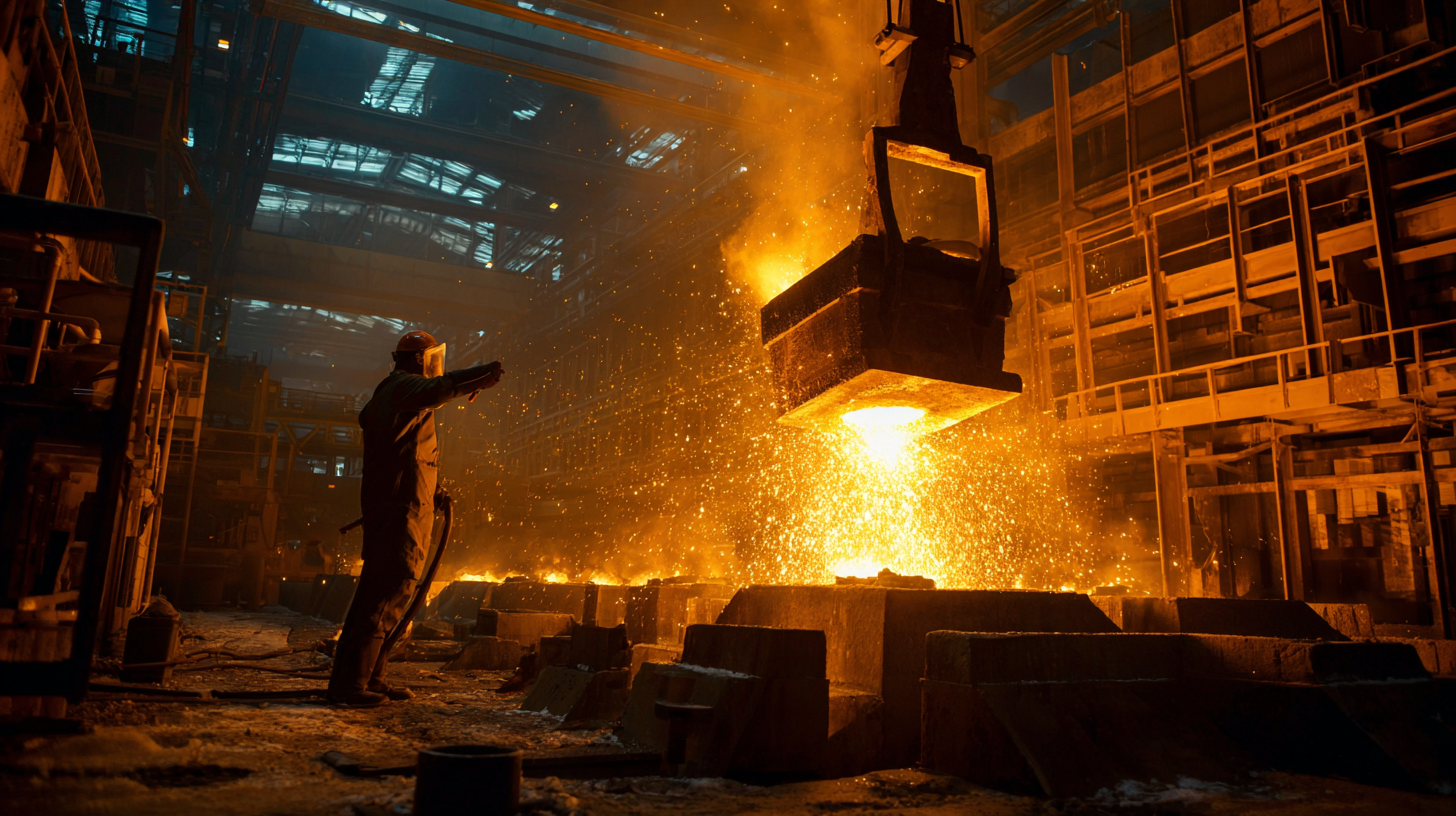
When selecting a stainless foundry for your project, assessing quality assurance and certifications is crucial to ensure optimum performance and reliability of the final product. According to a 2022 report by the American Foundry Society, approximately 85% of manufacturing defects can be traced back to processes and standards not being adhered to. This statistic underscores the importance of choosing a foundry that maintains rigorous quality control protocols and holds relevant industry certifications.
Look for certifications such as ISO 9001, which indicates a commitment to consistent quality management, and ISO 13485, which is essential for foundries catering to medical device manufacturing. Research conducted by the International Organization for Standardization (ISO) reveals that companies certified to these standards tend to experience a 30% reduction in product defects compared to those that are not certified. Additionally, adherence to ASTM standards ensures that materials meet stringent performance characteristics, vital for critical applications. By prioritizing these quality assurance measures in your selection process, you can significantly reduce risks associated with material failures and improve overall project success.
When selecting a stainless foundry for your project, understanding the cost structures and pricing models is crucial. Foundries may offer various pricing schemes, such as fixed pricing, hourly rates, or even cost-plus models.
Fixed pricing provides predictability, making it easier to budget, but may lack flexibility in cases of additional work or changes in design. Hourly rates can sometimes lead to escalating costs, especially if the project encounters unforeseen challenges. A cost-plus model, where the foundry charges for materials plus a fee, can align the foundry's incentives with the project's success, but it requires careful oversight to avoid budget overruns.
Additionally, comparing the total cost of ownership with different foundries can reveal hidden expenses such as shipping, handling, and post-production modifications. Some foundries might present lower initial quotes, but their additional fees and longer lead times can negate those savings. It's essential to request comprehensive quotes that include all potential costs and seek clarification on any vague terms. By evaluating the cost structures in the context of your specific project needs, you can make a more informed choice that aligns with your budget and timeline, ultimately ensuring a successful collaboration with the chosen foundry.
When selecting a stainless foundry for your project, examining client testimonials and case studies can provide crucial insights into the quality and reliability of the services offered. Testimonials often reveal the experiences of other clients, highlighting the strengths and weaknesses of the foundry. Look for feedback on the foundry's communication, adherence to deadlines, and the quality of the finished product. Additionally, case studies can showcase the foundry's ability to handle specific challenges, providing concrete examples of their work and the results achieved.
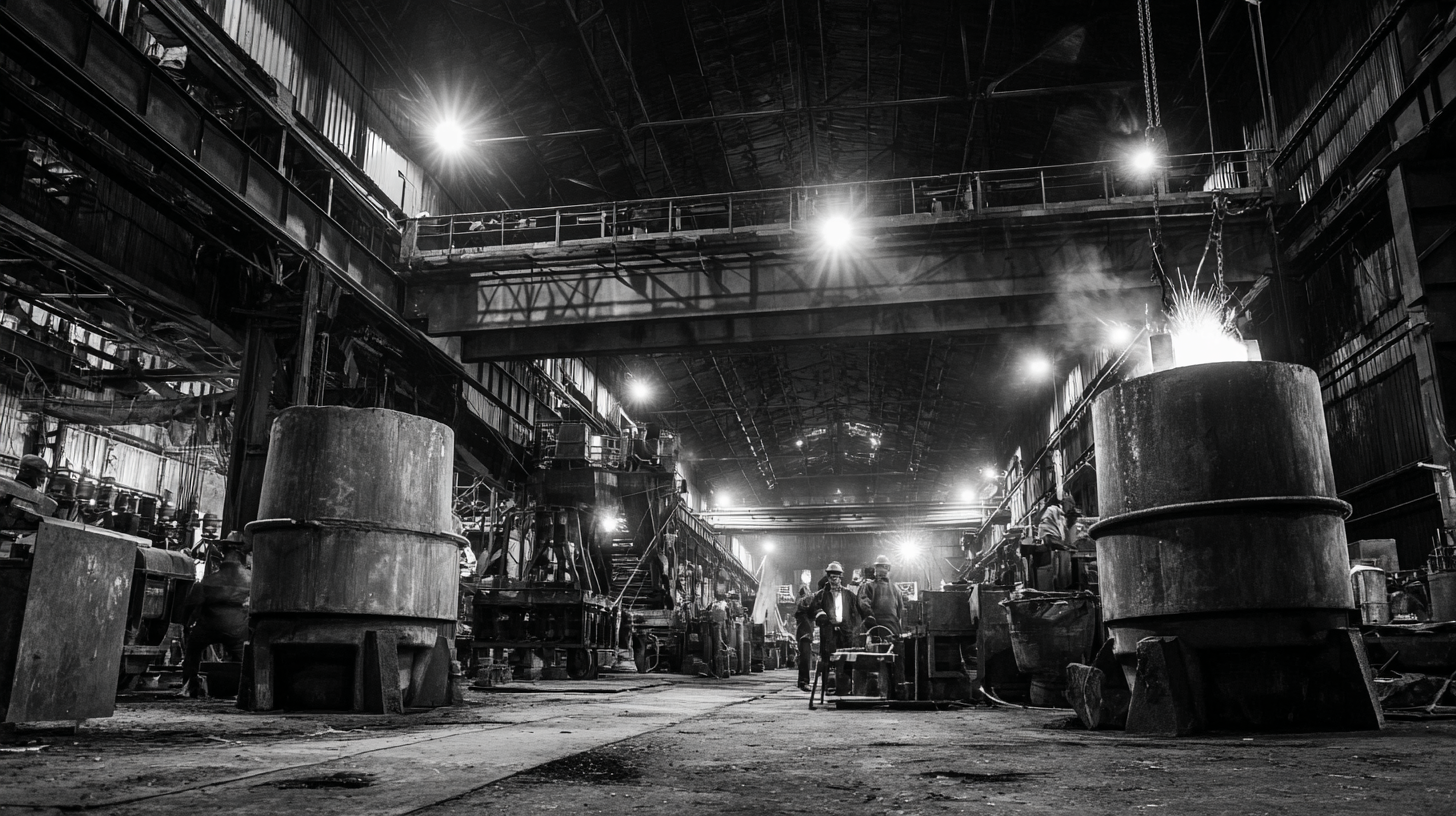
Tips: Consider reaching out to past clients for detailed feedback. This can clarify any ambiguities in testimonials. Moreover, ensure that the case studies you review are relevant to your project's requirements, as this will give you a clearer picture of how the foundry handles projects similar to yours.
Another important aspect is to evaluate the foundry's technology and processes used in production. The integration of advanced technologies, like automation and AI-driven analysis, can significantly enhance efficiency and accuracy in manufacturing. This can lead to a more streamlined process, ultimately saving time and resources for your project. Always aim to select a foundry that not only has a proven track record but is also adaptable to modern manufacturing techniques.
